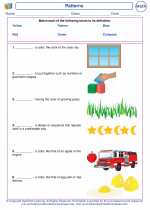Understanding Difference
In math, the term "difference" refers to the result of subtracting one number from another. It is the amount by which one number is greater or smaller than another. For example, the difference between 7 and 3 is 4 because 7 - 3 = 4.
Study Guide for First Graders
1. Identifying Numbers: Practice recognizing and writing numbers from 1 to 20. This will help in understanding the concept of difference.
2. Counting: Practice counting objects up to 20. Counting helps in understanding how numbers relate to each other.
3. Number Line: Introduce the concept of a number line and demonstrate how to use it to find the difference between two numbers.
4. Subtraction: Teach the concept of subtraction using objects and visual aids. Show how taking away some objects from a group results in a difference in the total count.
5. Practice Exercises: Provide simple subtraction exercises such as "What is the difference between 9 and 5?" and encourage the child to use objects or a number line to find the answer.
6. Real-life Examples: Point out real-life examples of differences, such as the difference in the number of apples in two baskets or the difference in heights of two people.
[Difference] Related Worksheets and Study Guides:
.◂Math Worksheets and Study Guides First Grade. Patterns
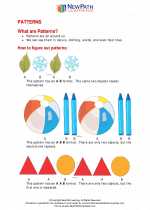
 Activity Lesson
Activity Lesson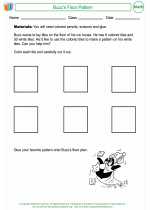
 Worksheet/Answer key
Worksheet/Answer key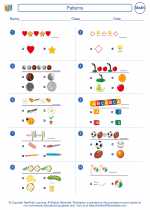
 Worksheet/Answer key
Worksheet/Answer key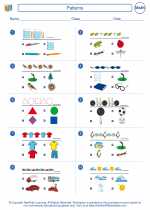
 Worksheet/Answer key
Worksheet/Answer key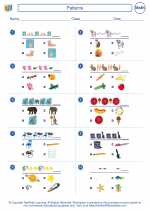
 Worksheet/Answer key
Worksheet/Answer key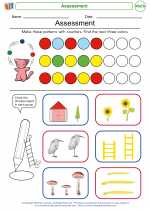
 Worksheet/Answer key
Worksheet/Answer key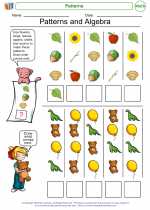
 Worksheet/Answer key
Worksheet/Answer key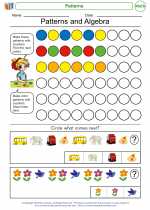
 Worksheet/Answer key
Worksheet/Answer key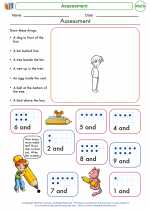
 Worksheet/Answer key
Worksheet/Answer key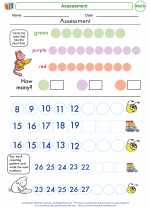
 Worksheet/Answer key
Worksheet/Answer key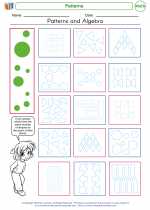
 Worksheet/Answer key
Worksheet/Answer key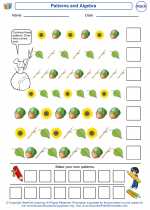
 Worksheet/Answer key
Worksheet/Answer key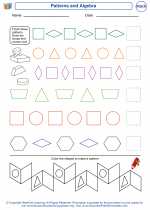
 Worksheet/Answer key
Worksheet/Answer key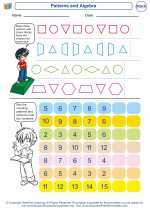
 Worksheet/Answer key
Worksheet/Answer key
 Worksheet/Answer key
Worksheet/Answer key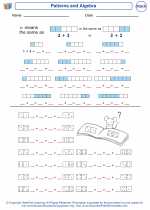
 Worksheet/Answer key
Worksheet/Answer key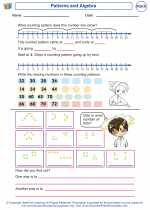
 Worksheet/Answer key
Worksheet/Answer key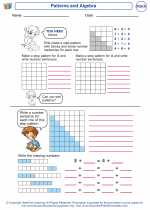
 Worksheet/Answer key
Worksheet/Answer key
 Vocabulary/Answer key
Vocabulary/Answer key